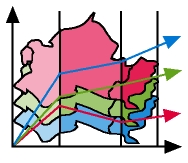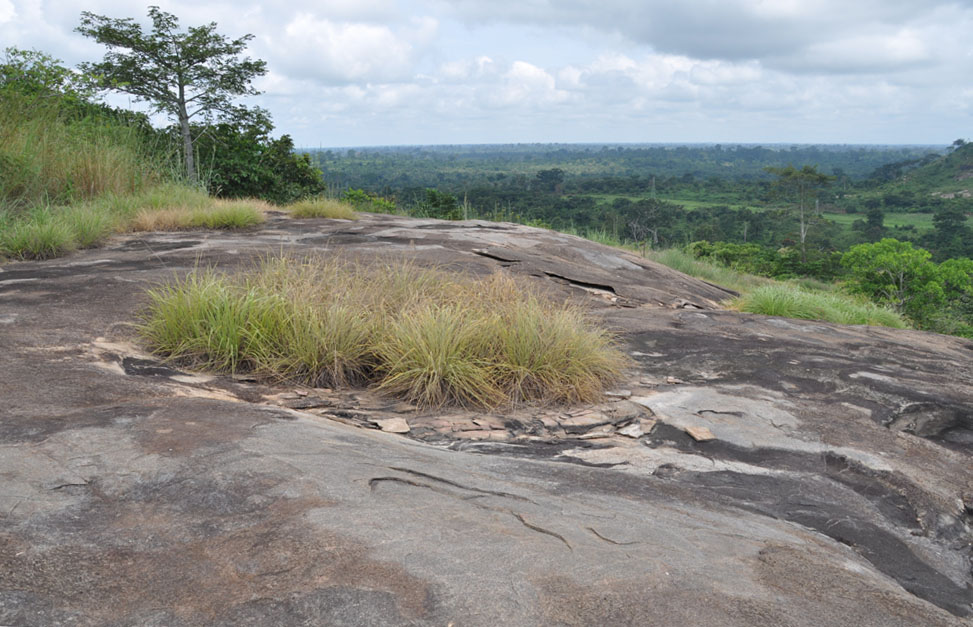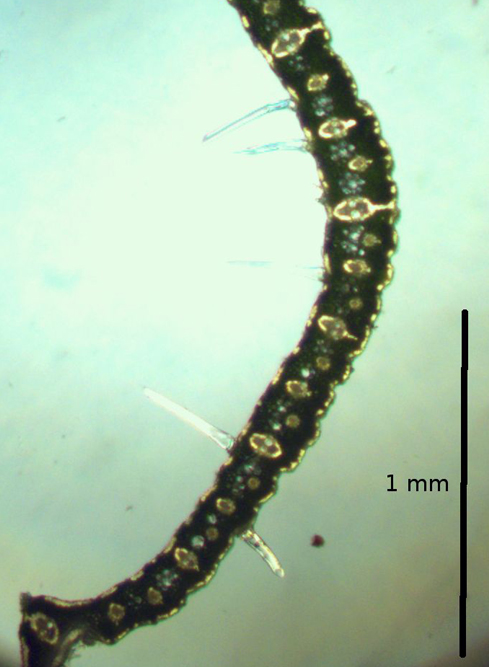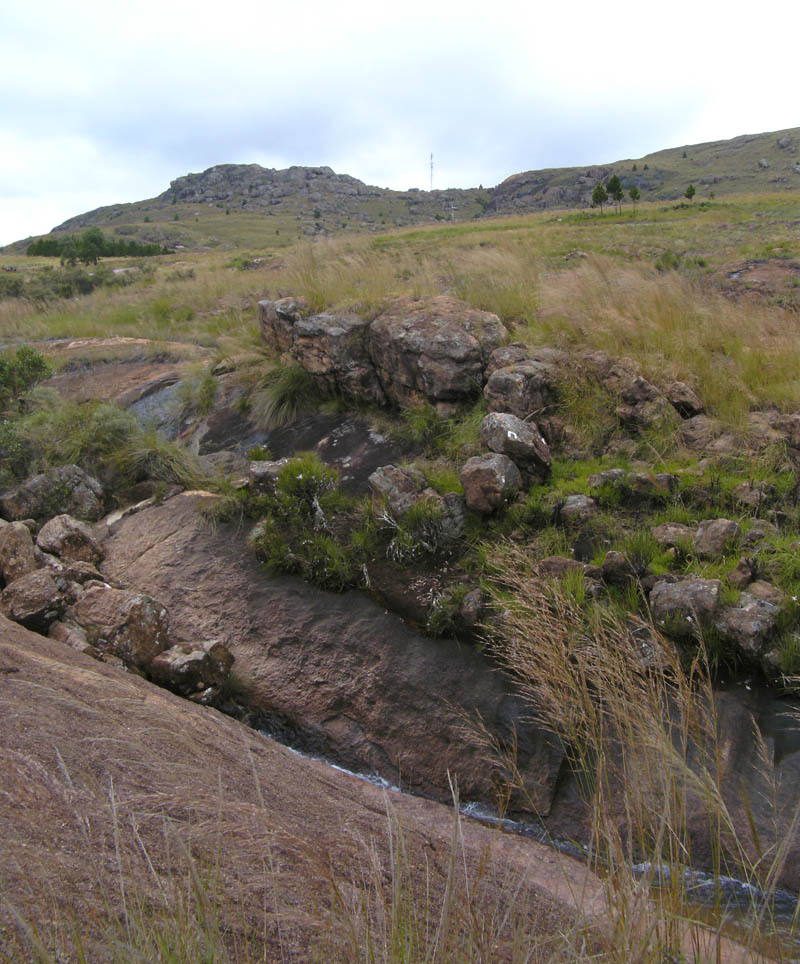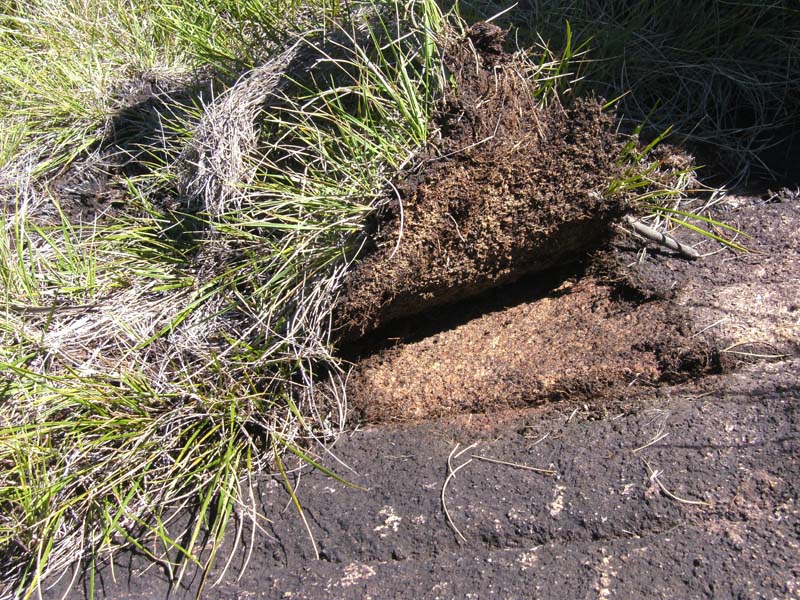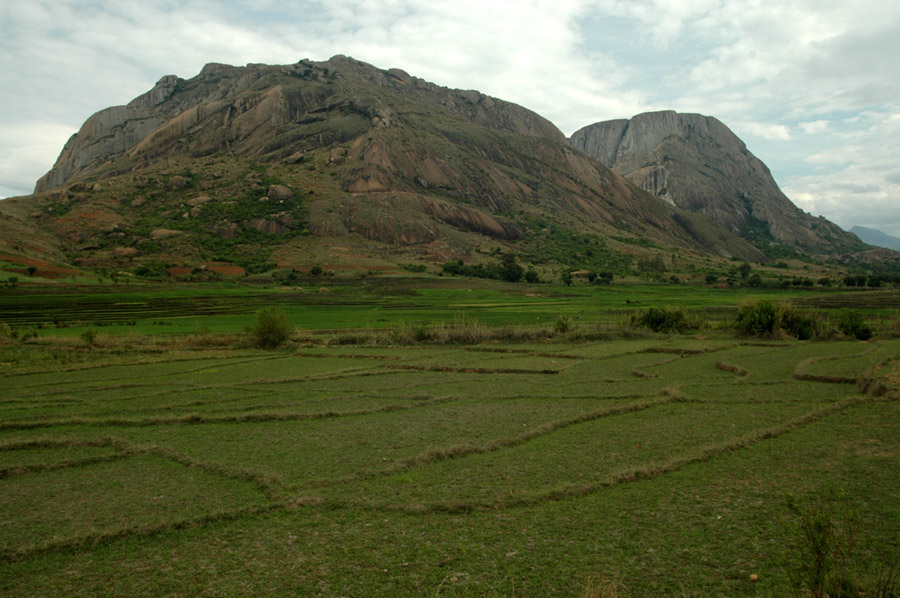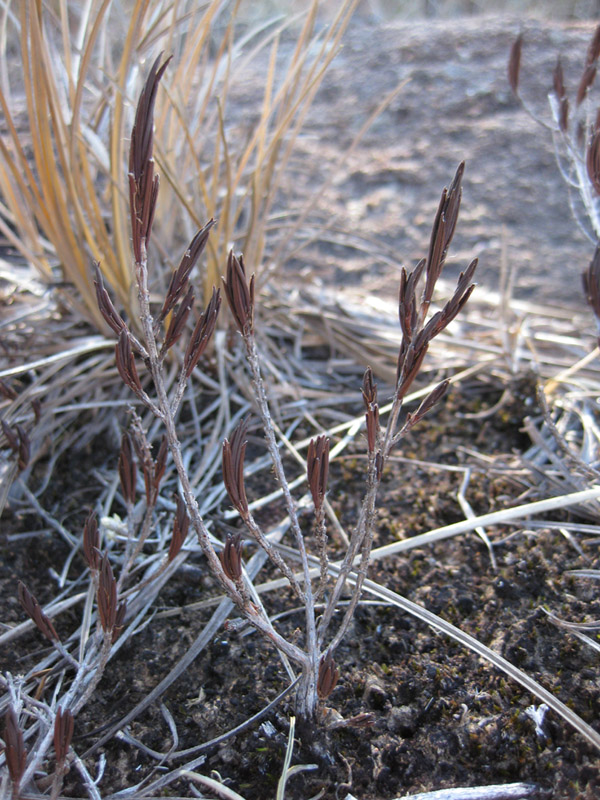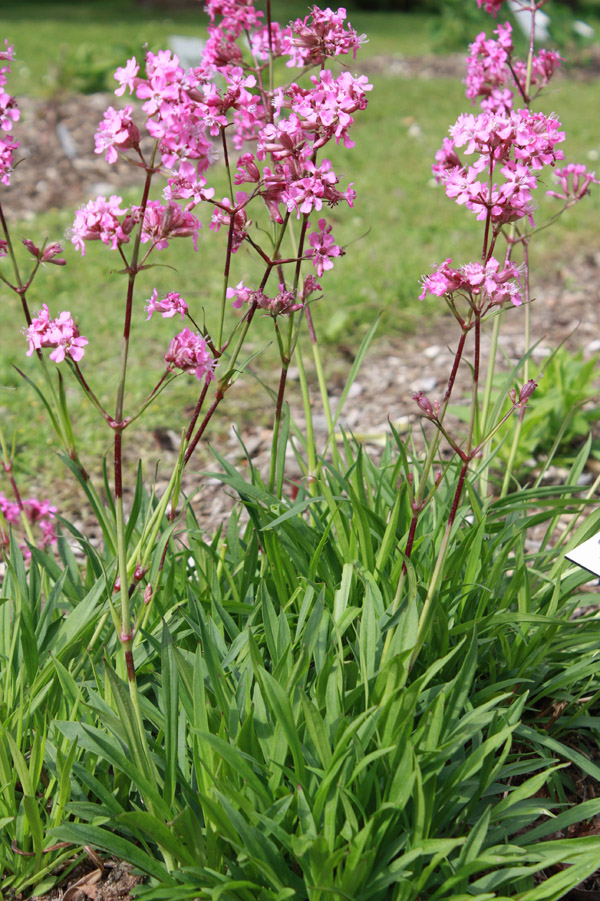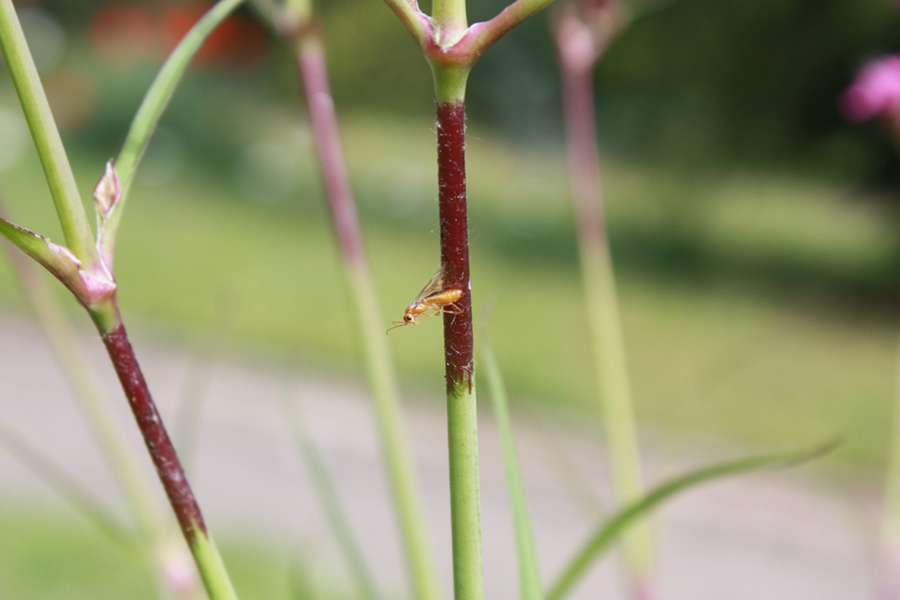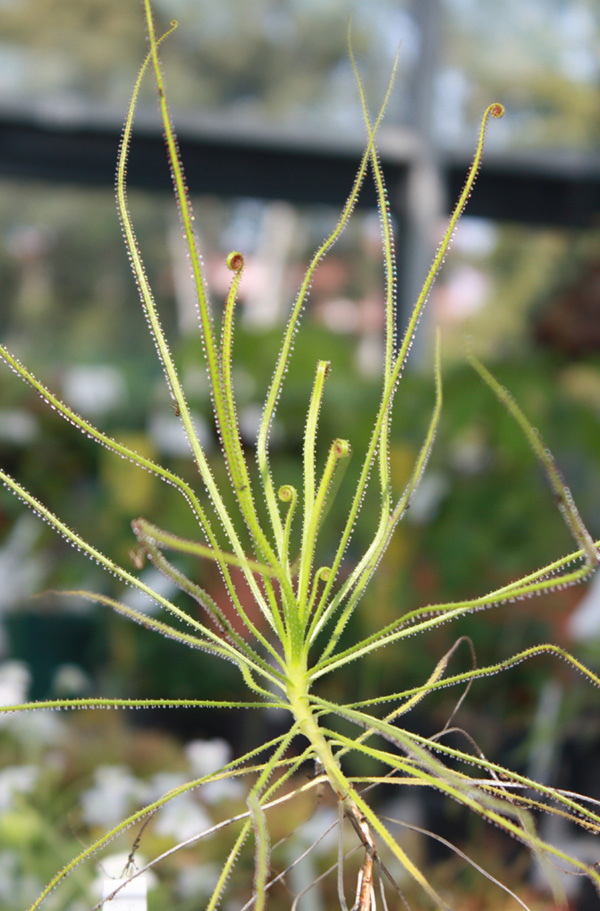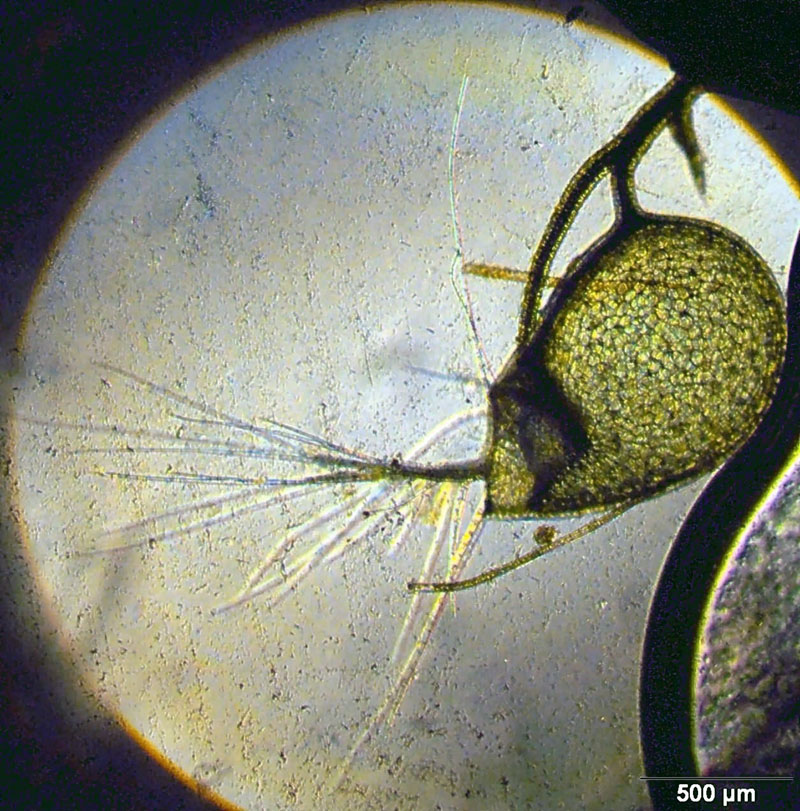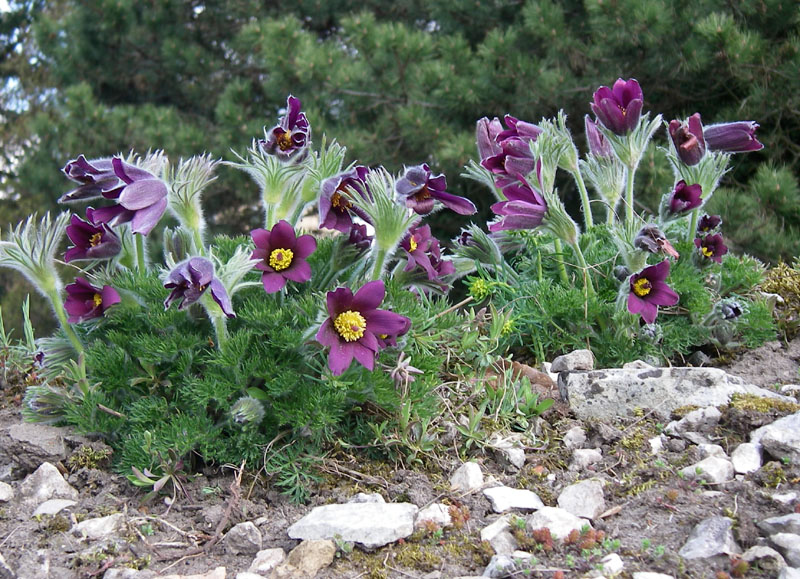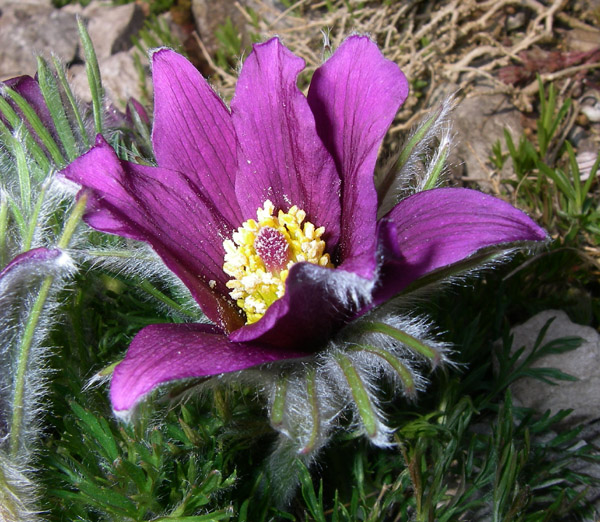Research
The following research projects and studies are taking place in or with participation of the University Botanical Garden at the Department of Botany. Previously published work can be found here.
Participation in Interdisciplinary Research Networks
Spatio-Temporal Landscape Research in a Virtual Research Environment
Population patterns of water-related plant species in kettle holes of Mecklenburg as a function of spatial and temporal parameters of landscape structure and use in a virtual interdisciplinary landscape laboratory (Financed by DFG).
Subjects of Research
The following selection of research topics has as overall background to look at interesting plant features, which could have useful applications for humans. The development of heightened tolerance or resistance to dessication is of special interest for both crop and ornamental plants in this time of rapid climate change (ex. Northeast Germany having less summer precipitation). Structure and efficiency of certain surfaces and mechanisms of carnivorous plants can provide models for technical applications. Some plant groups, especially those of tropical regions (ex. Cola trees), have many anthropogenic uses in the localities where they grow, but their full potential for human use is not well known at all. Additionally, the need to do taxonomic work on plant groups is increasingly important for work related to protecting and preserving endangered and threatened species. This work is done together with colleagues at African partner institutions.
Anatomical and Morphological Adaptations to Extreme Site Conditions in Resurrection Plants
All plants regularly need a source of water in order to survive. However, this does not apply to the so-called ‘resurrection plants’, which can survive for months or even years without water. Many species of algae, mosses, and lichens can completely dessicate, and then spring back to life with the application of water. However, within ferns and, in particular, vascular plants, only up to 1500 species possess this ability.
Dessication-tolerant plants are often found in tropical regions at sites with extreme conditions and irregular water supply, though some can also exist in more temperate regions. Part of our research focuses on how to transfer the ability to withstand drought to plants cultivated for human use, and on completing knowledge about phylogenetic relationships within these often little studied plant groups. In the Department of Botany at the University of Rostock, several bachelor and master's research projects as well as doctorate level work have been done regarding resurrection plants.
Anatomy and morphology of drought-tolerant species like Afrotrilepis pilosa of the sedge family (Cyperaceae) have been researched using modern methods such as computer tomography and electron microscopy, in addition to more classic light microscope inspections. The main goal of this project, which is supported by the German Research Foundation (DFG), is finding out if there are certain anatomical and morphological structures as well as adaptations related to germination, which help plants to survive long dry periods.
Several drought-resistant species are cultivated in the Botanical Garden for providing living plant material. For further information on resurrection plants refer to Korte & Porembski 2011 (pdf download, 3.3 MB).
Anatomical and Morphological Research on Drought-Tolerant African Vascular Plants Along a Climatic Gradient
Two drought-tolerant species, Afrotrilepis pilosa (common to West Africa) and Coleochloa setifera (East Africa and Madagascar), occur over a relatively large area, in which the climatic conditions are quite variable. It is currently known that these two species have high intraspecific variability with regard to their morphology and anatomy. This research project deals with the question of whether the anatomical differences are adaptations for the climatic conditions, or if these variations have developed randomly because of the isolation of the growth areas (inselbergs) of the single populations (isolation effects).
Anatomical, Morphological, and Physiological Characterization of Styppeiochloa hitchcockii
New plant species are constantly being discovered in remote areas of the world, and a close characterization of such species is required in order to describe and fully understand them. One such relatively unknown species in the grass family (Poaceae) is Styppeiochloa hitchcockii. This species is endemic to inselbergs of Madagascar, where they establish thick mats of vegetation on rocky outcrops. The daytime temperature can reach up to 65 °C, and precipitation is seasonal, with dry periods lasting for months at a time and the water supply dropping below the minimum requirements for the survival of vascular plants. For this reason, this species most likely belongs to a group of so-called ‘resurrection plants’, which can dessicate completely without dying.
In the Botanical Garden, cultivated specimens of Styppeiochloa hitchcockii are examined for morphological, anatomical, and physiological characteristics. Examination with electron raster microscopy and micro-computer tomography should allow for conclusions about anatomy and morphology, whereas physiological experiments will shed light on the photosynthetic process and CO2 fixation. All of this information will serve as the first characterization of Styppeiochola hitchcockii as a resurrection plant, and provide a starting point for further work on phylogeny and ecology of the species.
Population Genetics of Drought-Tolerant Plants on Inselbergs in Africa and Madagascar
A large variety of drought-tolerant plants grows on tropical inselbergs. Inselbergs are rocky formations of gneiss, granite, or sandstone, which abruptly jut out of their surroundings, creating harsh environmental conditions such as low nutrient and water supply, and high temperatures during the day. Along with drought tolerance, species that grow on inselbergs have some specific features, which have been the result of convergent evolution in a number of plant families. These features include: pseudostems, velamen, dioecy, and wind-based pollination and seed dispersal.
Scientific research on drought-tolerant plants has usually been focused on agro-economical goals, and trying to figure out the molecular biology of the specific genes that are responsible for the property of drought tolerance, as well as the mechanisms that are responsible for allowing desiccation and resurrection. Furthermore, population biology research can provide important information about the survival capacity of species in naturally isolated habitats, and allow us to infer about the process of speciation in these landscapes. The comparison of populations from different areas is interesting not only because of the morphological differences in populations between different inselbergs, but also for surprising similarities that occur between countless inselbergs. The focus of our study is on the species Myrothamnus moschatus (Myrothamnaceae) from Madagascar, Coleochloa setifera (Cyperaceae) found in both Madagascar and South Africa, as well as the West-African Afrotrilepis pilosa (Cyperaceae).
The Evolution of Carnivorous Plants – The Example of Pre-Carnivores
“The miracle of nature” – this phrase was coined over 200 years ago by scientist Carolus Linnaeus for a plant group, which was and still is discussed with much controversy due to its uniqueness. These are carnivorous plants that lure, catch, and kill insects with specially designed mechanisms, and, with the help of digestive enzymes, use them as a nutrient supplement. In addition to these plants, there are others, which have the same abilities to catch insects, but lack the digestive enzymes to use these extra nutrients to their advantage. These species are known as the pre-carnivores.
Within the framework of a bachelor level research project, insect traps of sticky trichomes are looked at using simple enzyme analysis in order to determine which species actually do produce digestive enzymes. In this way, we hope to work backwards to find possible origins of carnivorous plants. The following species are being used as research specimens: Cape sundew Drosera capensis, tomato Solanum lycopersicum, sticky catchfly Silene viscaria, ram’s horn Proboscidea louisianica, burning bush Dictamnus albus and Rhododendron luteum sweet.
Analysis of Volatile Compounds in Selected Carnivorous Plants
Carnivorous plants can in general be described as those plants that attract, catch, and digest animals with the help of specialized trapping organs (leaves transformed into traps). Carnivory by plants can be seen as an adaptation to living in extreme nutrient-poor environments. In order to trap its prey, this largely heterogeneous group of plants has developed a number of different strategies. In addition to optical mimicry, in which conspicuously colored insect traps are disguised as flowers awaiting pollination, the emission of volatile organic compounds (VOCs) is also used to lure prey into traps.
In a cooperative project between the Departments of Botany and Biochemistry (Dr. Uta Effmert), we are looking into which substances are emitted by the strongly honey-like smelling traps of the Portuguese sundew (Drosophyllum lusitanicum) that may have an effect on insects. Variations in VOC emission with different seasons and between flowering and non-flowering plants are of particular interest. The samples taken in the greenhouse are processed and analyzed in the biochemistry laboratories with the help of gas chromatography and mass spectroscopy.
Trapping Strategies of Carnivorous Plants: The Example of Utricularia – or: Plants as Quick as a Flash
The genus Utricularia of the bladderwort family (Lentibulariaceae) also belongs to the group of carnivorous plants. The common range of these species is tropical and sub-tropical regions, but in Germany, there are also aquatic members.
These plants have small bladder-like traps, only a few millimeters in diameter. The entrance to these traps is tightly closed by a trapdoor. Water is then pumped out of the trap by specific glands to create a pressure imbalance. In the event that an aquatic insect brushes up against one of the trigger hairs beneath the trap entrance, the trapdoor opens and water with the prey is sucked into the trap within milliseconds.
The fastest known movement by a plant is tied between that of an aquatic bladderwort (Utricularia australis) and a terrestrial bladderwort (Utricularia livida).
At what speed can terrestrial plants react in order to open their trapdoors? Where does the energy for this process come from, and how long does it take to reset the trap? These are questions that remain unanswered, and are the leading questions of this research project.
Pollination Biology of Pulsatilla vulgaris in Ex-Situ Cultivation
Due to the ongoing land use change and the dramatic fragmentation and conversion of natural habitats, many plant populations have become genetically impoverished and their survival is now under threat. Plants of such endangered wild species are cultivated and propagated ex situ in botanical gardens, with the goal of reintroducing genetically diverse populations to the wild. For the success of this process, the genetic quality of the produced seeds or plants is of utmost importance. The species that are cultivated in botanical gardens in unavoidably confined conditions must not hybridize with other species, which otherwise would cancel out all conservation efforts. For most species that are held in ex-situ cultivation, research still needs to be done on how and at what distances the transport of pollen from other plants in the area to ex-situ cultivated plants occurs. In other words, which measures have to be taken to prevent the possible hybridization and protect the genetic integrity of these rare plants?
To this end, individual members of the common pasque flower (Pulsatilla vulgaris) are planted in a grid formation across the entirety of the Rostock Botanical Garden and the pollen transport between individuals is tracked via fluorescent powder. This powder is added to the natural pollen on the stamens of selected plants. From the other plants, the powder transferred and deposited by insects is collected and analyzed with a fluorescence microscope. This in springtime easily manageable flower–pollinator system should provide clues to the pollen transport and pollination behavior of the insects observed on the flowers, and allow us to improve the care of ex-situ populations in botanical gardens.



